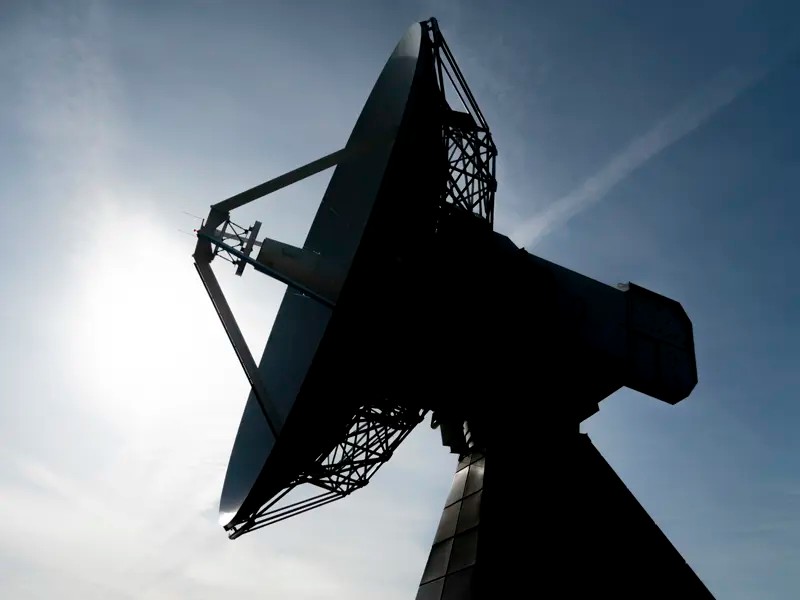Onsala Space Observatory, the Swedish National Infrastructure for Radio Astronomy, provides Swedish and international scientists with world class equipment to study the Earth and the rest of the Universe.

In Onsala, the observatory operates three radio telescopes for astronomical research. The observatory also participates in international radio astronomy projects such as VLBI (network of radio telescopes) and the APEX and ALMA radio telescopes in Chile, as well as in the construction of the new SKA radio telescope to be built in South Africa and Australia.
Onsala Space Observatory is an internationally established geodetic fundamental station. We measure and study many global geodynamic phenomena, i.e., we study how the Earth changes. That means that we do research on Earth rotation, reference systems, plate tectonics, land uplift, gravity changes, Earth and oceanic tides, earthquakes, and water vapour in the atmosphere. For the observations we use radio telescopes (the Very Long Baseline Interferometry, VLBI, technique), global navigation satellite systems (GNSS), remote sensing satellites, gravimeters, microwave radiometers, and tide gauges. There is also a seismometer, belonging to the Swedish National Seismic Network operated by Uppsala University, located at the observatory.
The observatory is also active in developing technologies, components, instruments and methods for radio astronomy and Earth science observations.
Onsala Space Observatory was founded in 1949 by Professor Olof Rydbeck. The Department of Space, Earth and Environment hosts the observatory, and the operation is operated on behalf of the Swedish Research Council.